 Adventuriety
Adventuriety
Something that I notice right away as I look through our pictures from Shanghai to refresh my memory and get ready to blog my heart out…our pictures are not stellar. Shanghai was days 16-19, our last three days in China, and we were tired. China had been nonstop tourist-ing every day and after our first four nights in Beijing we were staying two nights in each new location with the exception of three nights in Shangri-La. The kids were tired of a few things (us, each other, being on short leashes) and missing home. They had been with us constantly for almost twenty six days, first our ten day stop in Japan and then China and unlike our other trips this year, there was neither time nor comfort level for the kids to wander and explore on their own. There had been little downtime in China and just as scant internet access. Ashley probably studied more Spanish in China than anywhere else because Spanish Duo Lingo was the only computer game that worked. She read and reread all of her books. I read my books and then her books. The kids made up a language, both spoken and written. We started playing cards again. Looking back, the whole China experience was great, but at the time and by the time we got to Shanghai, we were tired and counting the days until we got on the plane to go home (even me!). Maybe that explains the photography issue.
The big news in Shanghai was Typhoon Nepartak, which was scheduled to arrive in Shanghai the day after us and was already causing heavy rains, flooding and flight cancellations in Southern China. Because of typhoon preparations, some of our planned activities were canceled like visiting Zhujiajiao, a traditional “Shui Xiang” or water town, but the typhoon actually made our visit to Shanghai very relaxed because we weren’t driving everywhere, just staying near the Bund and our hotel.
Still, there was still plenty to see and a very nice swimming pool at the hotel to enjoy. The worst thing about the weather was that it had closed the rooftop bar with the stellar view of Pudong (the first photo and more on PuDong later).
Mirra, our guide met us at the airport and we immediately had a connection. She was in her thirties and the mother of two and her husband worked for the government. She shared so much with us and would quickly become the best guide we had in China. I told her I thought her name was beautiful and she told us that when she was learning English she loved the word “mirror” and when the professor asked everyone to choose an English name she chose Mirror. The teacher suggested Mirra instead because he said that mirror is not a name. I think I’ve heard stranger, but what an interesting concept, to pick a word that sounds beautiful to you for your own name.
On the ride from the airport to the Bund (I’ll get there, don’t worry), we chatted and Mirra mentioned that she had two kids. So, I assumed that one of her kids was a baby since the two child policy was only introduced last year, but like we have been learning, China has a lot of nuances.
We had learned from other guides that people in rural areas often had big families. Shanghai is different and very strict when it comes to the one child policy, but there is a small loop hole for married “only children.” Mirra and her husband had one child and then she became pregnant again, not quite a planned pregnancy, but not to worry because they were both “only children” and if both parents are only children, they are allowed to have two kids. At the time, Mirra, busy with being a tour guide and mother of one, didn’t register her pregnancy until she was almost four months along and that is when she was told by the government that she had a brother.
In Shanghai if a baby is not registered it is like that human doesn’t exist for the rest of its life; absolutely no benefits like school or health care. It’s called the hukous system and it’s a big deal. Mirra estimated hundreds of millions of unregistered citizens in all of China (Shanghai is particularly strict), possibly the population of the U.S. Parents can pay a fine to register the baby, three years of salary from both of them, not to mention they have broken a law. Mirra decided she had to get an abortion because they had savings, but not that much, and her husband worked for the government after all. She went to the doctor and the doctor listened to the baby’s heartbeat before the procedure. She asked the doctor how the heartbeat sounded and the doctor said the baby was strong. She couldn’t do it and so she went home and told her husband they could get a divorce so he wouldn’t get in trouble or have to pay the fine to get the baby registered. He said they would figure it out and they went on with the pregnancy.
In Shanghai you can’t even get into a hospital to have the baby unless all of your papers are in order, but luckily one of Mirra’s friends is a doctor and delivered her healthy baby boy. Just a few days after her son was born, the law was changed to allow two children but there was still a problem because the baby was born before the law went into effect. Mirra said she was still scared but finally went in to register the baby’s birth and find out about the fine. The women in the office that day were so surprised that she was able to have the baby in a hospital and after questioning her they decided to “let it slide” and registered Mirra’s second baby with no fine. Mirra related this stressful six months of her to us on the forty minute drive into the city.
This photo in taken on the Bund, where we started our first afternoon with Patrick Cranley and the building on the right is the rent-controlled apartment we are about to tour (keep this in mind).
We met up with Patrick Cranley, an American and longtime Shanghai resident and incredibly interesting and kind human. He has lived and worked in Shanghai for about twenty years. He and his wife raised two kids in Shanghai which he said was an adventure. Their kids went to an International School in Shanghai which is considered high quality education and yet Chinese kids are prohibited by their government from attending. I thought that was interesting, but back to Patrick and his wife. In between raising kids and having careers, they turned their interest and love of old houses, buildings and history into more than a hobby and founded the Shanghai Historic House Association. While his wife prefers research, Patrick gives walking tours of the buildings and neighborhoods that inspire him and so our first afternoon in Shanghai was spent strolling through time and the buildings and beautiful neighborhoods near the Bund.
First things first, what is the Bund? The word bund means an embankment and in Shanghai it is an area of historical buildings along the Huangpu River (the river in the first picture) which is beautiful and iconic and you must visit if you are in Shanghai. It was initially the British Concession (territory) and then later the British and American Settlements combined to form the International Settlement. The buildings (which have seen a lot of history) once contained banks and trading houses from the United Kingdom, France, the United States, Italy, Russia, Germany, Japan, the Netherlands, and Belgium, as well as the consulates of Russia and Britain, a newspaper, the Shanghai Club and the Masonic Club.
There is a completely different feeling in Shanghai than in every other place that we visited including Beijing. Shanghai, at least the area where we stayed on the Bund feels like any other cool, big city. Shanghai is known as the most Western city in China, it’s been called the “Paris of the East” and the “Whore of the Orient,” and now that you are intrigued, I will tell you why.
Once upon a time, a long time ago in the 18th century, foreign traders, mostly British, imported the highly lucrative drug opium into China through India. The good people of China really liked the drug and the good people of England really liked the money and tea that resulted from the trade. Like any good business, opium imports grew and by around 1820, opium was generating a lot of money for the British and a lot of problems for the Chinese. Just keep in mind here that all the while Shanghai is either a tiny fishing village or a bustling port of 50,000 (depending on which websites you choose to believe) in a fabulous location (really the most important fact).
The Chinese government, synonymous with the faltering Qing Dynasty (1644-1912), decided that something needed to be done, like getting rid of the opium trade and so in March 1839, China confiscated and destroyed more than 20,000 chests of opium that belonged to British merchants. Britain was just looking for a reason to do what they were doing best (imperialism) and thus began the first Opium War (1839-42). The British easily defeated the already struggling Qing Dynasty and signed The Treaty of Nanking. I’m not sure what China got out of the treaty, but Britain came away with all kinds of goodies including residence for foreigners and consulates and five port cities for the purpose of trade, of course one of those cities was Shanghai. Oh yeah and the British got Hong Kong too.
Of the five cities, Shanghai had the best trading location and the least amount of interference from the Chinese government so foreign settlements moved in quickly and Shanghai began its 100 year growth spurt. There was the original British Concession, the American Concession and the French Concession followed soon after, all independent of Chinese law, building their own architecture, culture and society in the city and trading like crazy. Silk, tea, porcelain, textiles and opium (the Treaty of Nanking didn’t even address that) in the early days evolved into real estate, banking, insurance and shipping. Like any good history class will teach you, trade not only means goods and services, but also sharing of ideas and cultures and so Shanghai became an international city open to Western ideas and influence while the rest of China focused on the Qing Dynasty drama and a war with Japan over territory in Korea.
What about the Second Opium War you are wondering? It was more of the same (1856-1860) except this time the French fought along with the British and the “Treaties” of Tianjin won more trading and traveling rights, a few more port cities and this time that pesky drug opium was actually legalized.
Shanghai was party central for about one hundred years, seemingly unaware and unaffected by the unraveling of the rest of China, but the real world would soon rear its ugly head. At the turn of the century Shanghai was a glittering, cosmopolitan city of one million people but it had some very dark corners. There was a vast difference between the lives of the movers and shakers in Shanghai and the working class people who suffered workhouse conditions, hunger, poverty, and were sold into slavery and excluded from the city’s good life enjoyed by wealthy foreigners. It was the perfect setting for a revolution, especially with the large student and labor population and intellectuals in the mix. So amid all of this grandeur, the communists see the opportunity for a revolution and in July 1921, the Chinese Communist Party, along with Mao Zedong, meet in a French Concession house for the first time and start working on a civil war between the Nationalists and Communists that will last off and on from 1927 to 1949. Ironically, the two sides took a break from late 1937 to 1949 to actually join forces and fight the Japanese.
The meeting was the beginning of the end and throughout the 1930’s and 40’s the city weathered raids, invasions and finally occupation by the Japanese during World War II. After World War II, China resumed its own civil war between Chiang Kai-Shek’s Nationalists and Mao’s Communists for three more years until the Communists declared victory in 1949 and established the People’s Republic of China shuttering Shanghai for the next thirty years. Mao died in 1976 and the doors of China finally reopened to the West in 1979, with Deng Xiaoping at the helm. Skip ahead a few years to 1990 when the central government began pouring money into Shanghai and it was back on its way to being the sparkling city of its youth. Today it competes with Hong Kong and Singapore for title of coolest city in Asia.
One more thing on the history of Shanghai…if you are interested, watch the movie Empire of the Sun. We watched it after we were home and it is a good story, an interesting historical depiction and if you are a mother with a son especially, the last scene is a doozy.
Back to the Bund…it exists because of Shanghai’s history and today it is the place to see in Shanghai because it encompasses the past, present and future. The buildings on the Bund are considered historic, they are still beautiful and are home to banks, shops and hotels. There is also a wide pedestrian thoroughfare along the river looking towards PuDong (more on the future side). As you might imagine, the value of real estate in this area is astronomical, but still there are old apartment buildings that are rent-controlled right in the midst of all of the five star hotels, luxury shops, businesses and banks and this is the kind of thing that fascinates Patrick Cranley.
We entered a stone building tucked right behind one of the fancy, historical buildings on the street, stopped to talk to a shop owner that Patrick knows because he likes this building and has made friends with some of its residents, and then we climbed a flight of stairs to a different world.
This is the hallway on the second floor of the building which as well as being a hallway, serves as storage for the residents.
Looking down another hallway
This is the common kitchen that all of the residents share, each with their own electrical meter (you can two on the wall).
Down the stairs and back out into the sparkling part of Shanghai.
This was another apartment building in the Old French Concession area. It’s a beautiful neighborhood with large French cottages and tree-lined streets. We met a man in the building who had lived in his apartment for sixty years.
Still in the French Concession area, this building is where Yao Ming, the only child of two professional basketball players grew up to be an international basketball phenomenon. For those of you who are not basketball fans, Ming was the first round, number one pick in the 2002 NBA draft after playing five years for the Shanghai Sharks. He retired in 2011 after a very successful career with the Houston Rockets and is one of the most famous sports stars in China.
This is the entrance of Yu Garden and part of the original Chinese city of Shanghai before the first Opium War established the International Settlement and the French Concession. This is the Jiu Qu Bridge, better known as the Zig Zag bridge, the shape used to keep evil spirits out of the garden.
A different view from the bridge.
The garden was created by Pan Yunduan, an officer of the Ming Dynasty for his parents as a place for them to enjoy a happy and tranquil time in their old age. “Yu” in Mandarin means pleasing, satisfying or happy and the oasis is also known as the “Happiness Garden.” Do you remember the Chinese lions from Beijing? The male lion has his paw on the world and the female holds a cub.
Grant was born in the Year of the Dragon according to the Chinese Zodiac and so that is why he’s in this picture, but you should know that the creature above him is not really a dragon. We learned from Mirra that this is not a real dragon, because real dragons have five toes and only emperors were allowed to have real dragons lurking. Because the Chinese love dragons, as they symbolize power, a “work around” of sorts was invented. If your dragon had more or less toes than the emperor’s, it wasn’t really a dragon and so there are many non-dragon dragons to see around China.
This is Yu Ling Long or the Exquisite Jade Rock (big rock in the middle) and it is a prized specimen. The slab was originally procured for art lover, Emperor Huizong of the Northern Song Dynasty (reigned CE 1100-26) from the waters of Lake Tai where many of the bizarre rocks found in classical Chinese gardens were submerged to be naturally carved by the currents. The rock never made it to Emperor Huizong, instead the victim of a shipwreck, it landed on the bottom of the Huangpu River and was later retrieved by Pan Yunduan for his parent’s enjoyment.
Near the garden, there is much to be found at Yuyuan Bazaar.
Dumplings in the making…and other snacks.
Mirra showed us her favorite retreat amid the craziness of the Bazaar. Up a few flights of steps is a tea house where we enjoyed a traditional tea ceremony and tasted a lot of tea.
Tea is very important in China… and it was in China that I finally understood the saying, “Not for all of the tea in China.” There is an unimaginable, unquantifiable amount of tea in China and some of it is incredibly expensive. Tea is everywhere you turn and then everybody who is not a tourist is carrying a “water bottle” full of tea.
We bought some of this flowering tea, one represents the male and the other the female…can you guess?
The view from the tea house was great. The greenery is Yu Garden and beyond, beginning to be obscured by storm clouds, are the skyscrapers in PuDong, across the river. Back to the question of PuDong…PuDong is a district of Shanghai, located east of the Huangpu River across from the historic city center of Shanghai in Puxi. It’s the glittering view that you get from the Bund and the new part of Shanghai that used to be farmland before 1990. Now it’s being developed like crazy with many new apartment buildings and little open space like parks. People are being moved out of the buildings like we toured in the heart of Shanghai and into the newer apartments in PuDong.
Mirra lives in PuDong, an hour commute into Shanghai in one of the new apartments. She and her parents pooled resources to purchase a larger apartment in the more reasonably priced area. Her parents watch the youngest grandchild while Mirra and her husband work long hours. This is a common arrangement in China, grandparents helping out with childcare. Mirra’s oldest son (the 4th grader) lives in Shanghai with his other grandparents so he can go to a better school. He comes home to PuDong twice a week.
Mirra reiterated something that we had heard from other concerned mothers and that is the pressure on kids to do well in school is inconceivable. Parents compete like crazy through their kids and the kids go to school all of the time, about twelve hours a day, six days a week. Mirra said that all the parents in her 4th grader’s class communicate through the class website and use it as a forum for bragging and one-upping each other. Mirra signed her son up for extra math classes on Sundays because all of the other parents were doing it and she said near tears that she’s afraid her son will not be able to get into college if she doesn’t push him as hard everyone else is pushing their kids. Of course, there is no time for Chinese kids to play sports or enjoy any activity that does not give them an edge. Sadly, even with all this studying, Mirra said that creativity, problem-solving or individuality is not the goal and because of this she said that China can copy anything, but cannot create anything. The kids are taught to study and question nothing. Her has son has found this out the hard way, questioning his teacher’s pronunciation of an English word. He was correct and punished.
Back to the tea…it was good, but the absolute best part of the tea house experience was the sign that I found in the restroom. It could be my favorite sign from China.
Moving on from tea in China, we learned about how silk is made. We went to a really fun store in the Bazaar that sold silk everything (sheets, duvets, pillow cases, clothing, you name it), but you also got a little demonstration which was very interesting. The origins of silk date back to ancient China. According to legend, a very long time ago in about 2700 BCE, Empress Hsi Ling Shi, (the wife of the Yellow Emperor, ancient China’s third mythological emperor) was sitting under a mulberry tree drinking a cup of hot tea when a cocoon fell into her cup and began to unravel. She was fascinated by the sparkly threads untangling in her cup and went on to invent sericulture, the cultivation of silkworms.
The silkworm is actually the caterpillar of the silk moth, Bombyx mori . The caterpillar spends its life eating the leaves of mulberry trees and then spinning a cocoon in preparation to become a moth. The cocoons are made of a protein called fibroin and sericin, the glue secreted by the caterpillar that holds the cocoon together. Before the chrysalis emerges from the cocoon as a month and breaks the silk filament, it is destroyed with heat. The cocoons are soaked in hot water to remove some of the sericin or glue holding them together.
This is the reeling process where the cocoons are unwound and made into one long continuous thread. You can see the silk thread after the cocoon has been unwound. One cocoon can produce up to 3,000 feet of silk filament (that’s one kilometer or a little over half of a mile) and it takes about 3,000 cocoons to make one yard of silk material. That’s a lot of dead caterpillars, but in many places the caterpillars are seasoned, boiled, fried and eaten.
I did not realize that with silk, beauty is more than just skin deep. It really is an impressive textile; strong, soft, durable, breathable, warm and beautiful. Not all silk is equal, but all of it has some use. The cocoons are sorted before they are reeled and the ones that are not high quality are soaked in water and stretched over a frame. Once there are enough cocoons stretched, the fabric is hung up to dry.
Here we are stretching the cocoons that were not high quality enough to become fabric. The material that we are stretching is filler for lightweight, hypoallergenic and warm comforters.
Our lesson concluded of course in the “gift shop” inspecting the finished silk products. Silk is like China’s internationally famous superstar that has been around forever and never ages. After all we can’t forget that the Silk Road, trading routes that connected China with India, Asia Minor, Mesopotamia, Egypt, the African continent, Greece, Rome, and Britain began with the Chinese and their need for horses and the popularity of Chinese silk with the west, especially Rome. That was a long time ago, about 200 BCE, and today China is still the largest producer of silk in the world by miles (actually by about 140,000 metric tons) .
We walked through another neighborhood that Mirra said would be gone within the next few years. The government wants to get rid of these old neighborhoods and so the residents are offered money for their home and a “deal” on something new in PuDong. Some people hold out until their apartment is bulldozed to the ground and others like Mirra’s mother are relieved at the convenience of a modern apartment.
It was walking down this street that Mirra told us she shared a one room apartment (that is one room not one bedroom) with her parents until she was fifteen and they were offered money and a new apartment to move.
The street was strangely beautiful and definitely felt like a neighborhood. The street is right in the middle of a busy part of Shanghai, people were sitting outside cooking and playing cards. It didn’t feel like a bad place to be.
Mirra talked about the changes that her mother’s generation has seen and how the quality of life has vastly improved over the last forty years. She told us that for the first time young people have a lot of money in Shanghai. She told us about the fancy cars that line the Bund on weekends and the couples that are getting “divorced” so that they can legally own more properties in Shanghai. Mirra feels that the environment, in Shanghai at least, has gone from extreme deprivation to rampant consumerism in one generation and while that mentality seems to be affecting many people, it’s hard to predict what the end result will be.
On our way to lunch we passed the Cracking Art exhibition in the Xintiandi district where impressive new architecture and old buildings mix to make a very interesting, upscale and popular pedestrian area with restaurants, bars, boutiques and galleries. Also in the neighborhood is the birthplace of the Communist Party in China. On July 23, 1921, thirteen members, a young Mao included, held their First National Congress of the Communist Party of China at No.76 Xingye Road. The building was a private home in 1920 but was rebuilt in 1999 for the tourists because even though we are in Shanghai, we are still in China.
We were in this area because of lunch. more specifically dumplings. We ate lunch at Din Tai Fung, which I only mention because it was amazing and there are restaurants, of the same quality Mirra assured us, in the United States! They have a website, check it out and think of me if you end up stuffing yourself with dumplings at a Din Tai Fung in the future.
Like I said earlier, Typhoon Nepartak made Shanghai more leisurely for us and Mirra was an incredible and creative guide and she wanted to show us all kinds of Shanghai, like the pet market for example. Now the second she mentioned visiting the pet market, Ashley started to look sick and shake her head no because she was thinking about the animal market in Yangshuo. Mirra assured us that this place was for people who wanted to own pets, not eat them, and she said it was interesting. So, we went to take a look.
These crickets in ornament looking things are for people who miss the sound of nature and would like to hear a cricket squawking all night long. I didn’t know this at the time, but the Chinese have kept crickets as musical pets since the Tang Dynasty (618-907 CE). Concubines would carry the crickets with them during the day and keep them near their pillow at night for company. It is said that the cricket’s song mirrored the concubine’s sadness.
These are fighting crickets, a sport in China developed during the Song dynasty (960–1279 CE). There were lots of guys sitting around smoking, talking and fighting their crickets right there in the isles of the pet market. The great fighters can sell for close to $2,000 USD!
There were numerous shops of cricket paraphernalia.
I loved the cat napping on the fish food in the fish store. That cat has some sense of humor.
There were ducks and chicks and mice…
…and rabbits and even chipmunks.
And another cat hanging out…a big orange cat in front of a big bag of cat food with an orange cat on the packaging. We spent about half an hour wandering the labyrinth of animal themed shops in this pungent, loud and smoke-filled building. Even though it was a place for pets and not grocery shopping, Ashley left in tears, saying, “China is such a sad place.” It was a different experience for sure.
A bit easier to stomach and an hour of blissful semi-freedom for the kids was the Shanghai Museum. Scott and I caught a glimpse of Grant on the escalator.
We also stopped by the Urban Planning Exhibition Center which features this cool scale model of Shanghai.
This was an interesting advertisement that we found in the M-50 Art District, a fun and funky area of contemporary artist studios and galleries. Just in case you can’t read the tiny print…The company sends you a Tshirt, you wear it for 1-3 days without deodorant, send it back and in return get a bouquet of stinky Tshirt samples to pick your own person from.
Scott and Grant took a cab on an adventure to find the Red store in Shanghai. Grant is, shall we say passionate about all things “movie” or “film.” Red is a cinema camera manufacturer and they have show rooms in a few big cities around the world. Grant and I have spent a lot of time in the Red Store in NYC, where the people working there were incredibly kind to him, as were the people at the Red store in Shanghai.
We saw a lot of brides in Shanghai, especially on the Bund. There is quite the culture around marriage and getting married in China and it was prevalent in Shanghai. There is actually a Marriage Market at People’s Park on the weekends where parents and grandparents meet to marry off their unwed offspring. It is considered a traditional and accepted activity for parents and grandparents to spend their weekends looking for a good match for the younger generation. They do this by handing out mini bios and a lot of chatting.
There are a few problems though according to our funny guide. She told us that Shanghai girls don’t want to marry Shanghai boys because they are not serious or successful enough. Instead they are into fashion and partying. Shanghai girls want to marry a successful businessman more likely from Beijing and this is a problem because Shanghai girls are a bit shallow as well. Obviously Shanghai is the rebel and Beijing, the rule follower.

Luckily some people find a match and for these couples the fad is to hire a photographer and rent a dress and have an all day photo shoot in the middle of town long before the actual wedding which will be held at a courthouse (not a lot of religious weddings in Shanghai). The couple will have a banquet and invite friends and family to celebrate and look at the pre-wedding wedding photos.
There was a feeling of anticipation in Shanghai as the city waited for the typhoon to hit. We spent most late nights in the lobby of our hotel sharing burgers and fries and listening to the band play for us because nobody else was ever around (in the hotel anyway) and the music was great.
On our last night we walked along the Bund and admired the view of Pudong. The typhoon had passed with one night of heavy rain and a couple of cloudy, drizzly days that were according to Mirra, pleasant temperature-wise, compared to the usual July heat. One thing that China shared with all of the other trips was that it felt surreal. For me, there it is always a bit magical to be somewhere you have never been before.
The cherry on top was a ride on the Maglev to the airport.
The Maglev is the world’s fastest train in regular commercial service and it goes from Pudong to Pudong International airport, 30 km (18.6 miles) in 7 minutes and 20 seconds. The train is powered by magnetic levitation technology with a top speed of 265 miles per hour, although it didn’t go that fast when we rode it.
It did feel fast and it was fun to see the world zip by. Scott and Grant were especially excited to experience the Maglev.
At the airport we said good-bye to Mirra. She was such an interesting and open person and she taught us so much in three days. We also said good-bye to China and it was bittersweet because as much as we were missing home, it was the end of a year of travel and the end of something very special.
So to sum up China, it was big and foreign and hot and beautiful. The feeling of the past colliding with the future is both tangible and overwhelming and I always felt a bit off balance, like the horizon tilting and things were not quite as they seemed (they usually weren’t). The United States is actually bigger than China about by the area of Montana, but it didn’t feel that way, maybe because China has 1.4 billion people compared to the U.S. population of 318 million. Still, we did experience deserted trails and quiet places.
I have been told for as long as I can remember that when you’re born in the United States, you’ve won the lottery. China is where I internalized that feeling for the first time and really felt lucky to have all the freedoms that I have. The cacophony of voices in the U.S. that are constantly disagreeing, fighting, and making noise about whatever it is the brains and hearts attached to those voices care about, helps to keep us free. China taught me that caring about freedom, education truth and history is a big part of freedom. “Duh?!” Right? That’s what your history teachers try and hammer into your head for years, but like so many things that are “Duh?!” it takes a personal experience to make it truth. As much as I didn’t want to go to China, I had a lot to learn there. I will try to remember that I might be missing out on a “Duh?!” experience the next time I don’t want to go somewhere or do something. And now that I have all of this fabulous perspective, I want to do it all again!



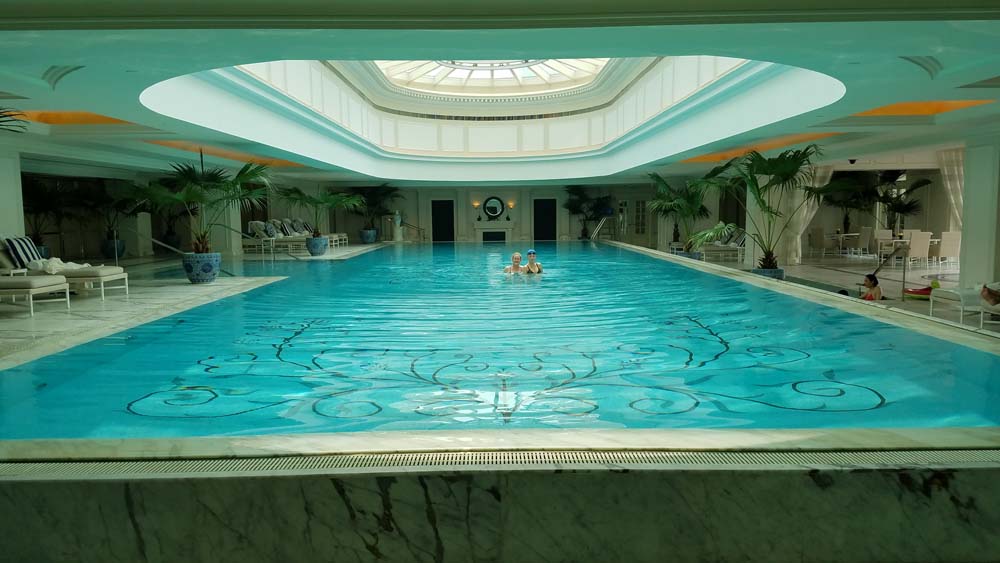









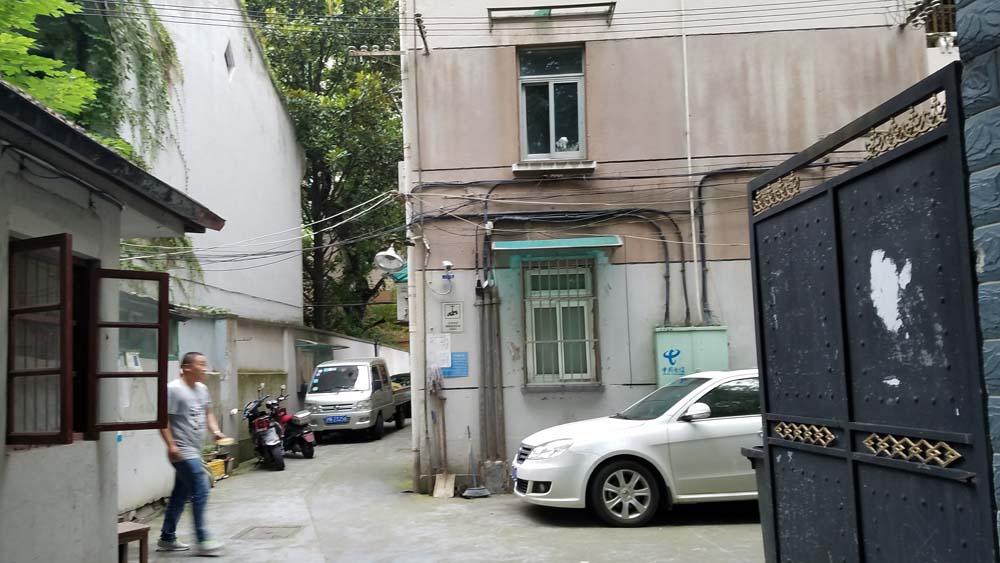



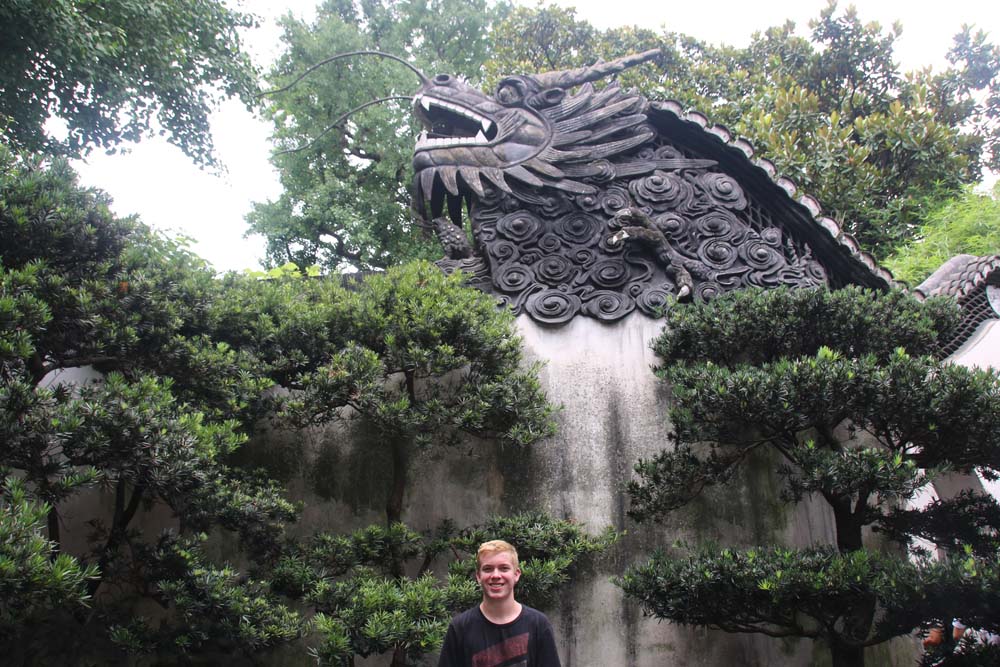
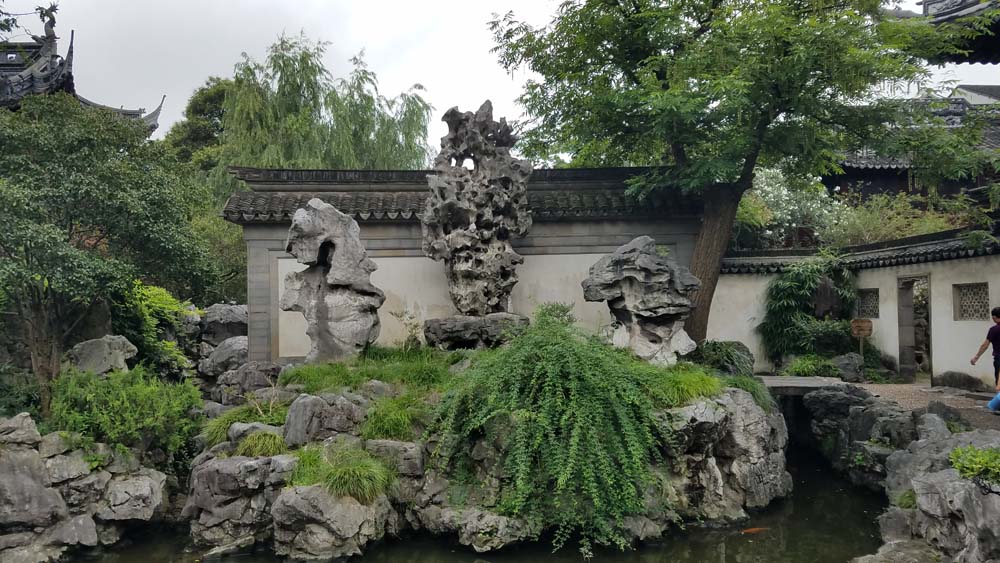





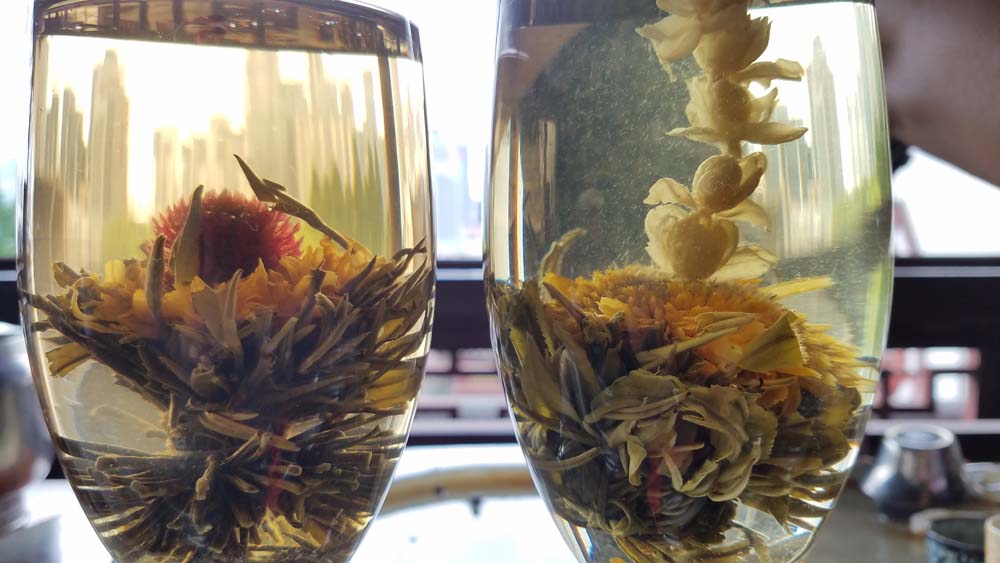
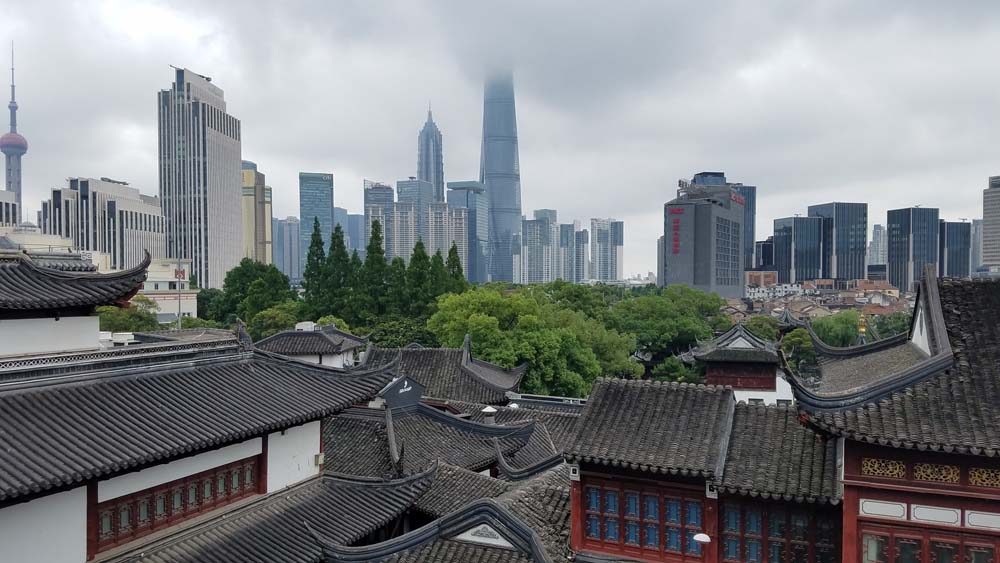
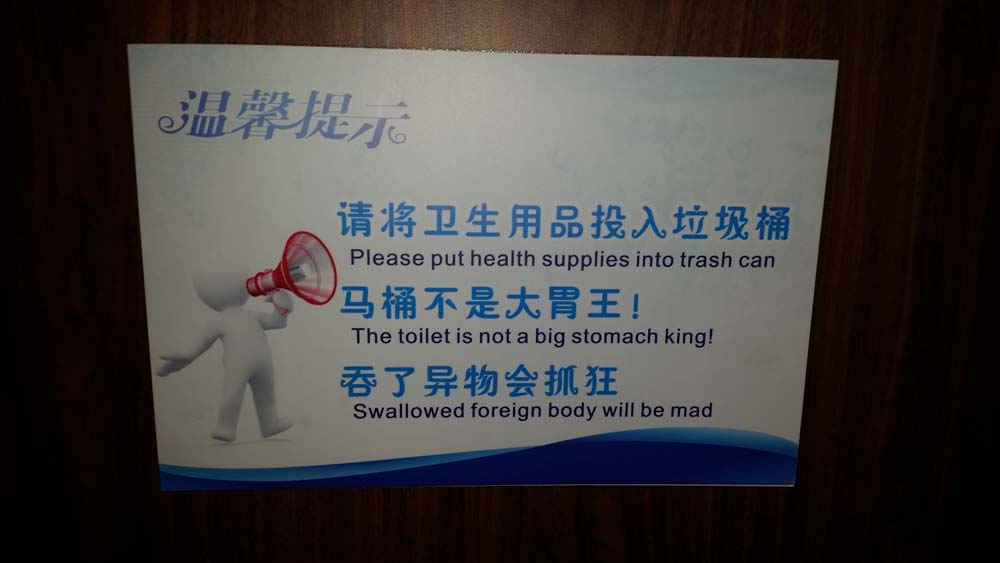
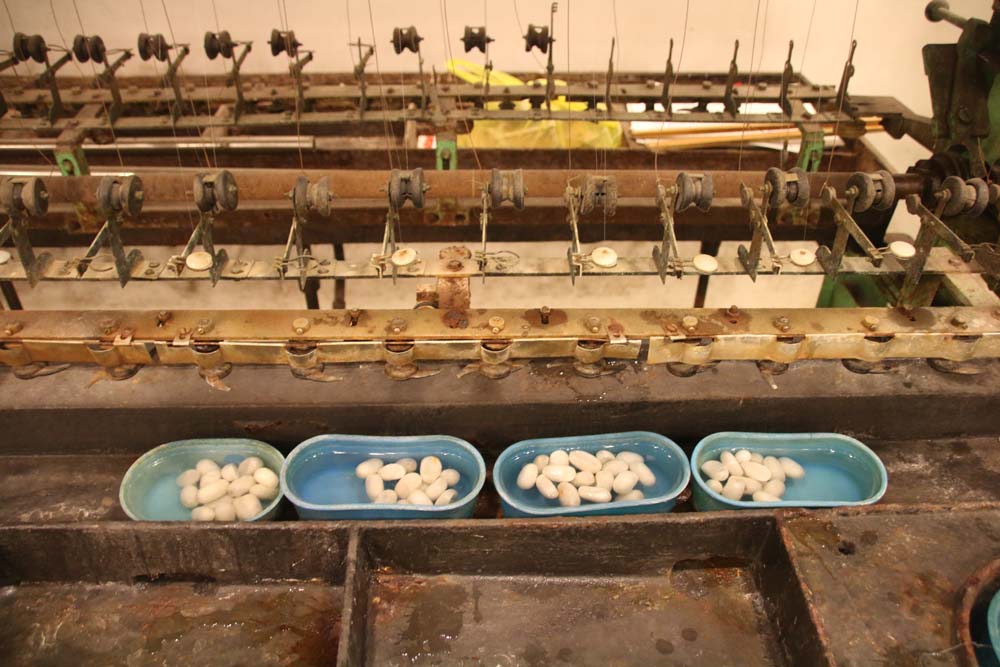









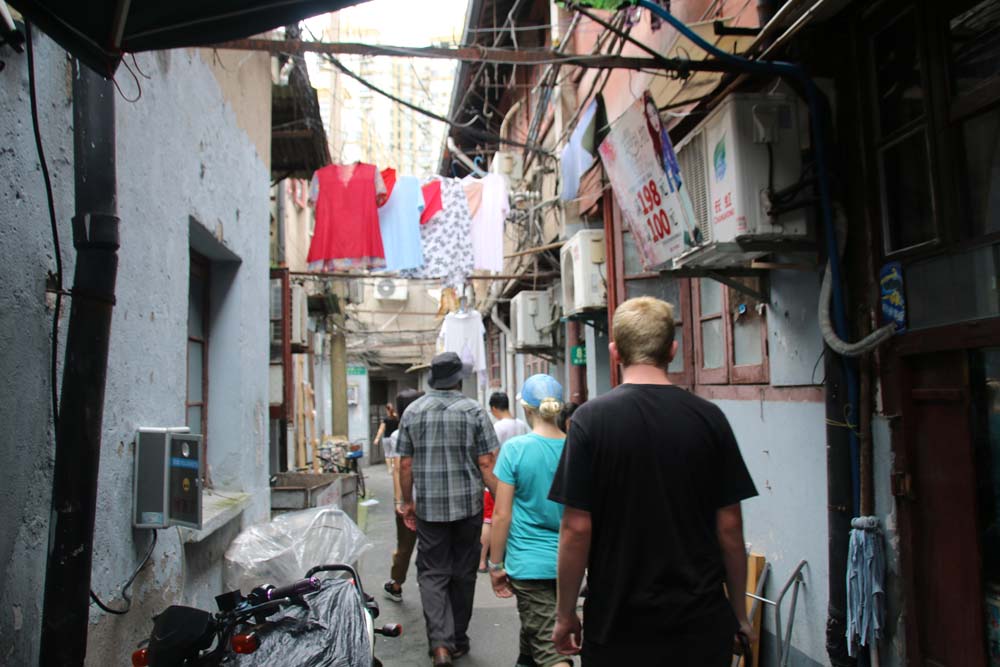
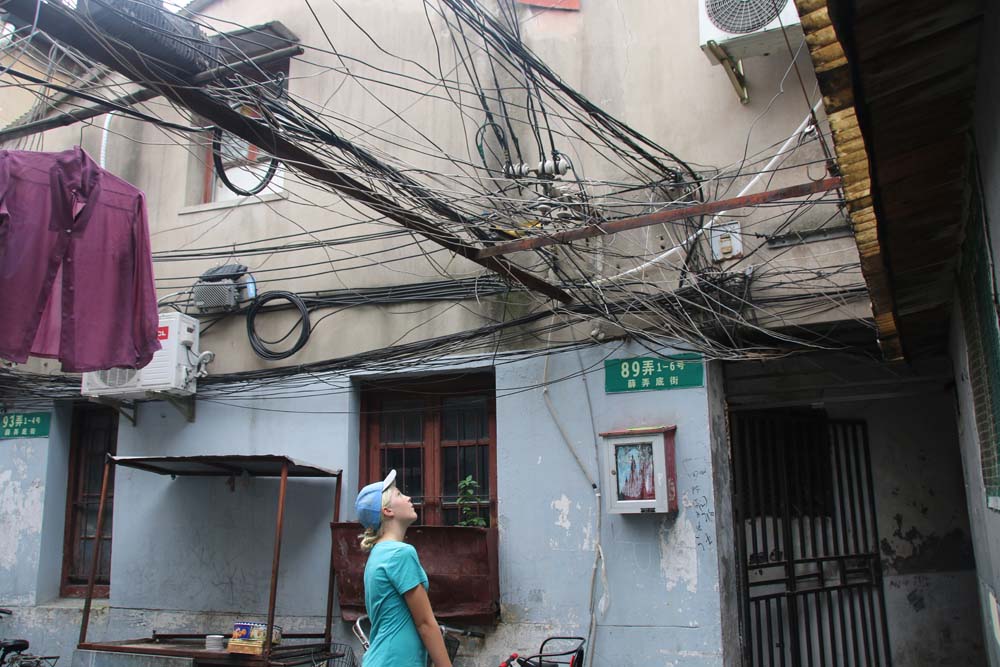





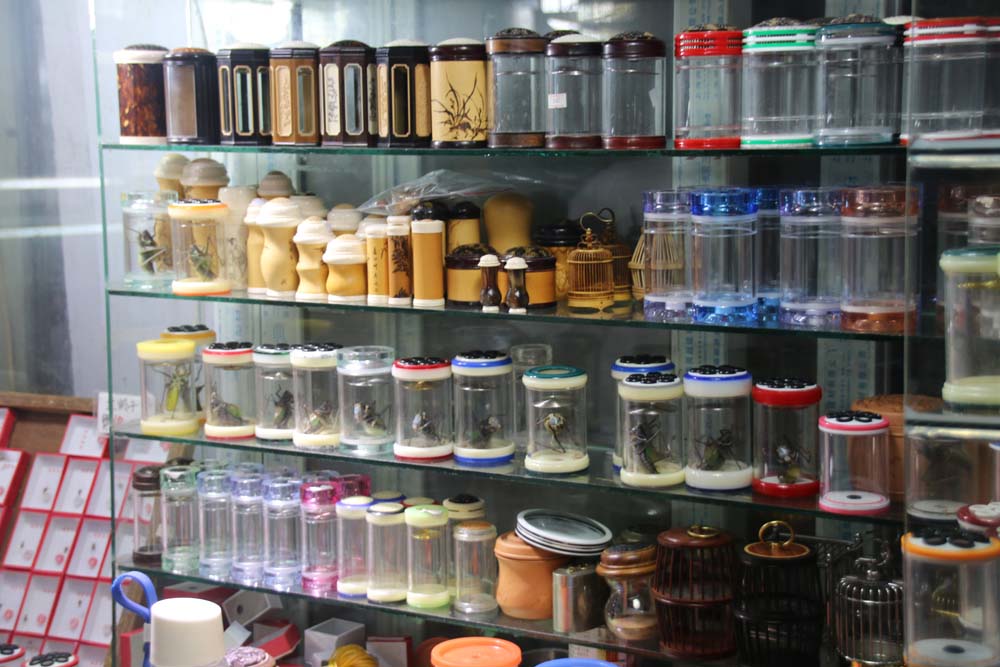
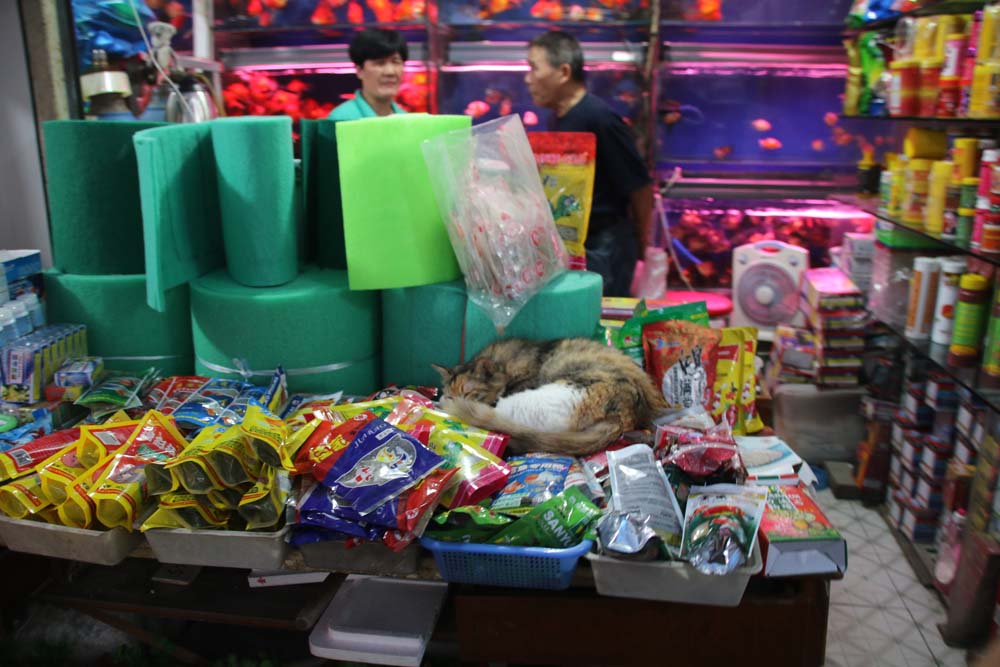






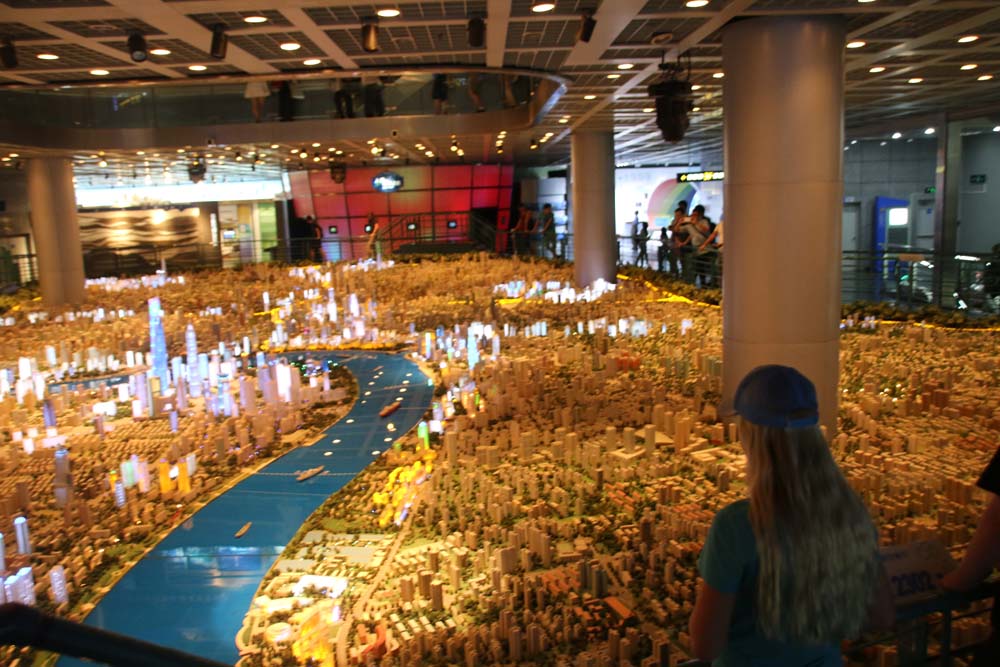





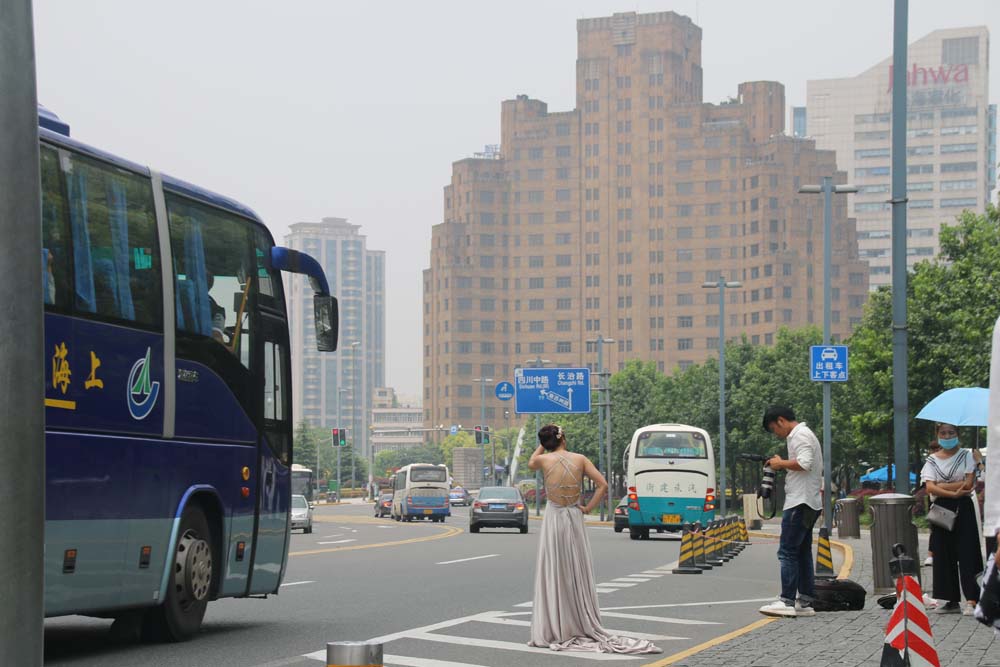


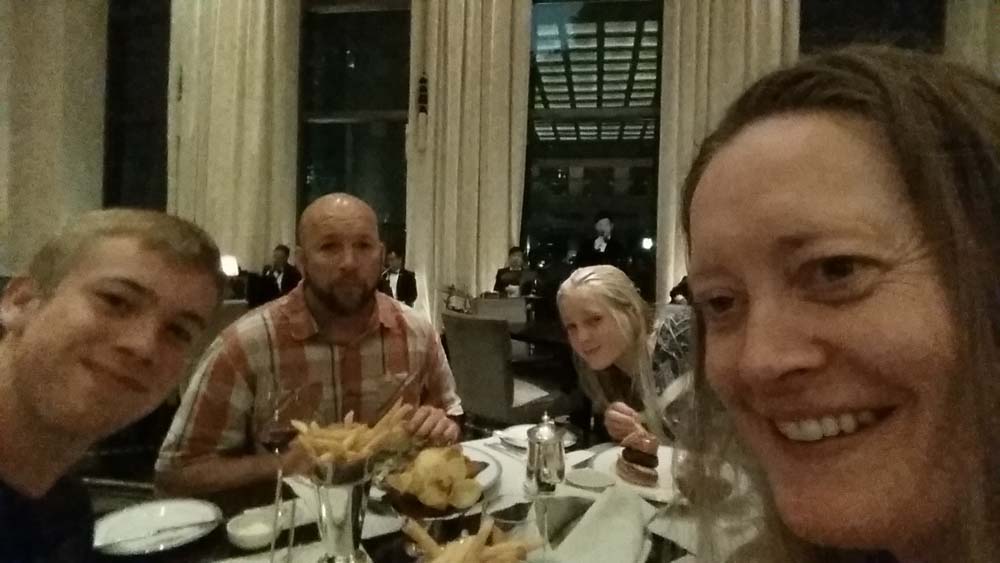


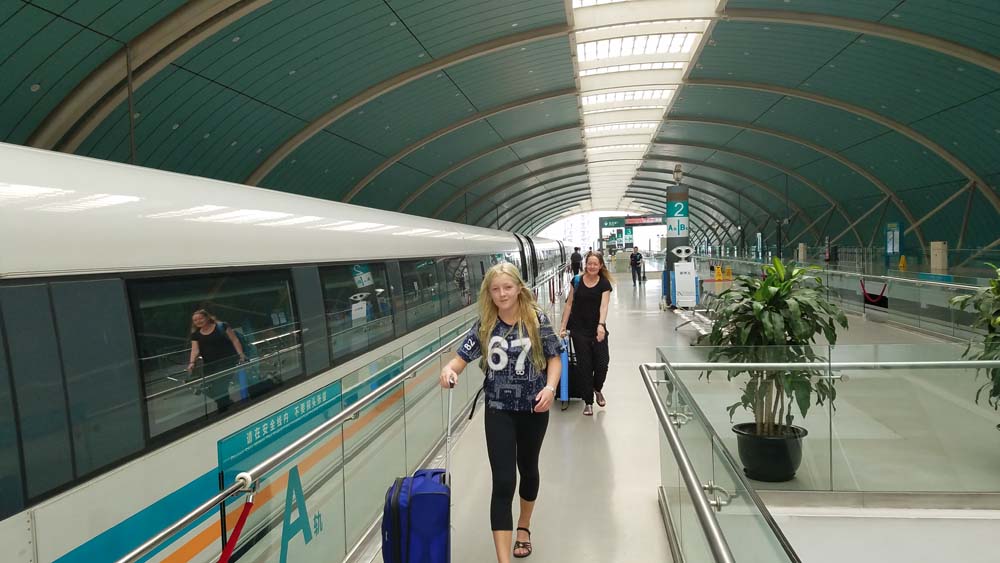
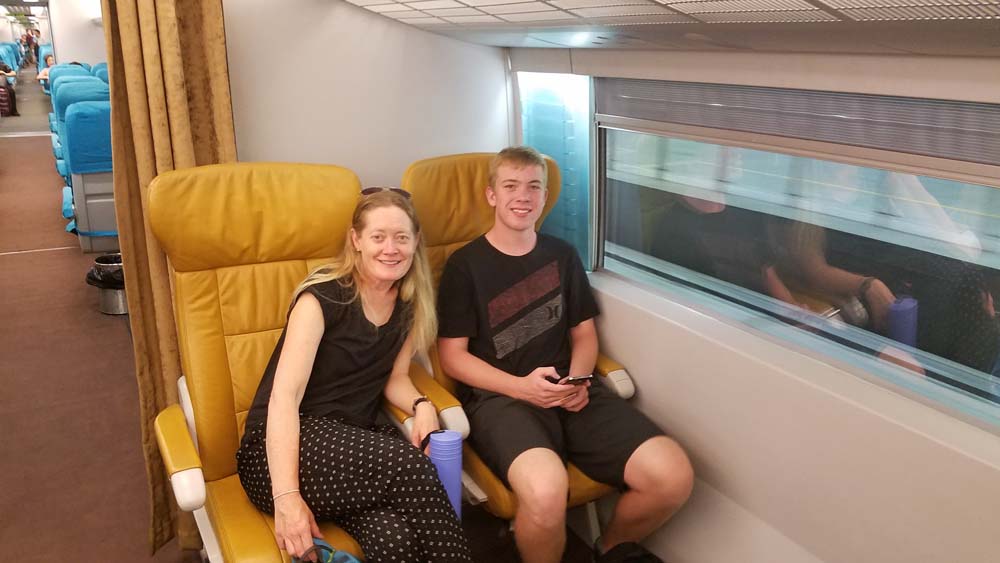

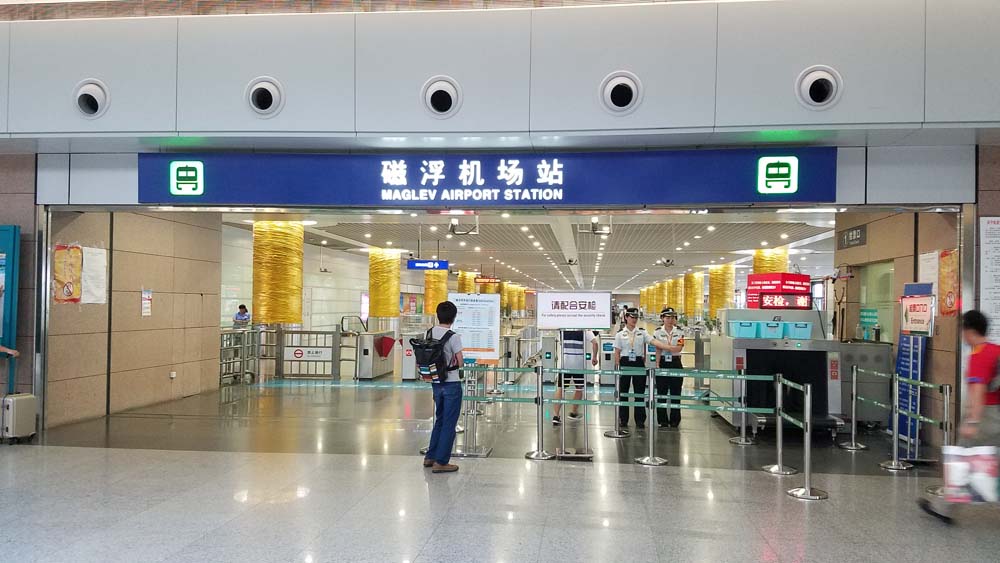

I really liked the night on the bund.
I’m not that much of a online reader to be honest but your sites really nice, keep it up!
I’ll go ahead and bookmark your site to come back later.
All the best